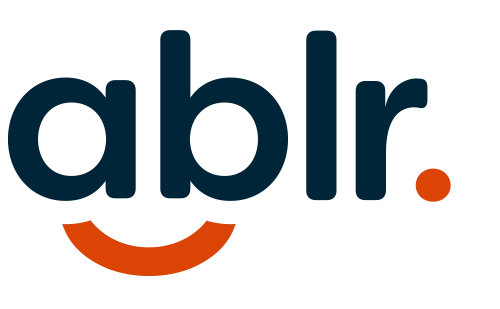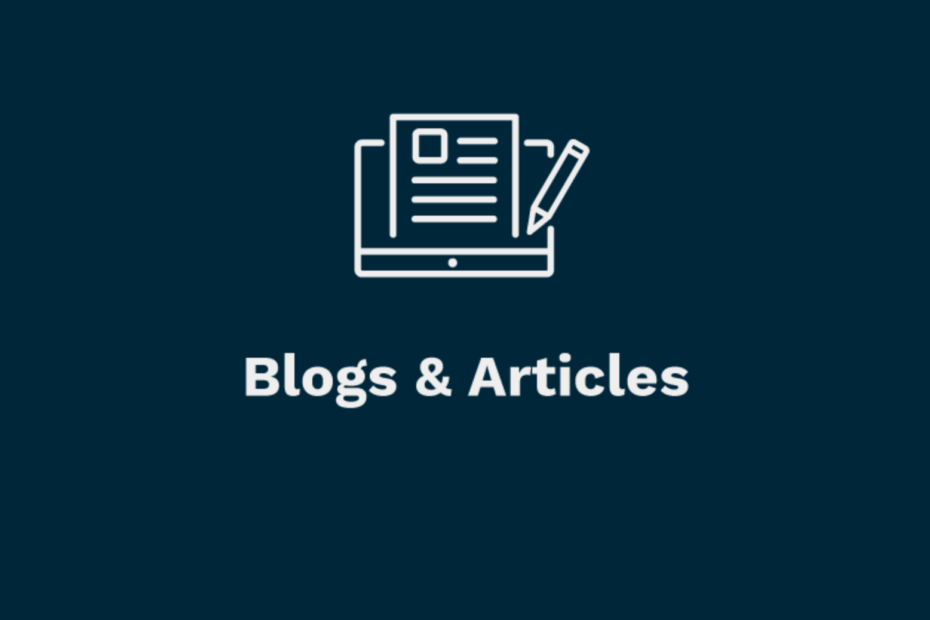Our recently released training course “Disability Inclusion: Putting Untapped Talent to Work” includes a variety of accessible features in order to ensure that everyone, regardless of ability or disability, can participate in it. These features include:
- Closed captioning on videos
- Audio description
- ASL (American Sign Language) translation for select videos
- Image descriptions
- Screen reader compatibility
- Easily navigable layout
- Downloadable and screen reader accessible transcripts and PDFs
- Accessible quizzes
- And many more
These features are available to guarantee that everyone can access our course with ease. But putting them in place required to consider accessibility early on, and throughout the course. In this blog post, we will discuss a number of steps we took to ensure that our product emerged accessible right out of the box.
We consulted people with a variety of areas of expertise and (dis)abilities
This first point is actually a strategy rather than a discreet step: Throughout the creation of the course, we made sure to consult experts with diverse fields of expertise and a wide range of life experiences. We did this because we realized that even though the majority of our team members have disabilities themselves, we could not and did not want to speak to other people’s experiences. To that end, before we even began planning out course, we created an Advisory Committee that consists of representatives of a variety of industries, professional roles, and communities. We solicited our committee’s advice at a number of points throughout the process of course creation – from content review to usability testing of the final product. The experience was incredibly edifying for us, and helped us create a product that took into account everyone’s needs – and not just those we knew from personal experience.
We chose an accessible online course platform
Planning is critically important in making a program, system, or device accessible. In the case of a course that is to be hosted online, we had to find an online course platform that is itself as accessible as possible. This includes, for example, being screen reader compatible, and incorporating a video player that is capable of supporting closed captioning. We chose Thinkific. Although the company admits that its accessibility is a work in progress, it is already relatively good – and the experts at Thinkific are gracious about listening to our feedback and collaborating with us to remedy challenges. In addition to choosing an initial platform, we also made sure that our content was uploadable into a variety of other platforms in case a future client had their own. In order to ensure this, we made sure that our built-in accessibility could transfer, as well. This meant integrating them into the content, rather than relying on the course platform to provide them for us.
We let people speak for themselves
Accessibility looks different for everyone, and everyone’s capabilities and situations create different needs. For this reason, we were careful not to make any assumptions, and never to generalize. In addition to consulting our advisory committee throughout the process, we also opted to let individuals speak for themselves, and explain their challenges in their own words. Not only did this make for a more personable, more approachable course that – as our audience tells us – leaves people feeling as if they actually met the course participants, it makes the information easier to digest and absorb. No one can better explain the nature of a barrier or the relevance of a solution better than someone who has wrangled with it. Therefore, we opted to have people who themselves benefit from accessibility features and accommodations to explain them for others. Unfortunately, we could only include a few of these personal stories in our course. But we are planning on following up with many more voices and perspectives on our website.
We used a variety of modes of presentation
Everyone one learns differently, and in order to make sure as many people as possible can access our course, we incorporated a variety of different modes of presentation. Our course includes videos, illustrations, slideshows, text lessons, and close captioned sound clips, among others. Wherever possible, we included more than one alternative to a given format – for example, while our videos already included closed captioning, we also provided downloadable transcripts. This is because close captioning might be sufficient to meet the needs of people who cannot hear the video, they may not be sufficient for people with cognitive or learning disabilities. Such audience members might benefit from a transcript that can be accessed at any time, and therefore allows them to process the information at their own pace. The interest of accessibility for all sometimes outgrows legal accessibility requirements, and in these cases, we opted for maximum accessibility.
We accessibility tested the end result
Just as it is important to integrate accessibility throughout the creation and production of a course, it is important to accessibility test the final product. This testing confirmed the course’s accessibility, and allowed us to correct any remaining last-minute issues. We ran the course through the entire course of automated, manual, and assistive technology testing. This, in fact, is standard procedure for any materials we release, and we will continue accessibility testing any update to the course we might add. We are lucky to have an accessibility testing team in-house. If you do too, we urge you to have them check and monitor your documents, systems, and programs for accessibility. If you do not, and need assistance with your accessibility needs, please contact us at info@ablr360.com.
“Disability Inclusion: Putting Untapped Talent to Work” is our first training course, but it will certainly not be our last. We will continue refining our processes for “baking” accessibility into our products. We would love to hear from you and learn about what you do make your materials accessible! Please contact us at info@ablr360.com to share.

